Bosnia to mark Srebrenica massacre
Wednesday, July 11, marks the 12th anniversary of the 1995 Srebrenica massacre.
Monday, 09.07.2007.
11:38

Bosnia to mark Srebrenica massacre
Up to 30,000 Srebrenica victims' relatives and the massacre survivors were expected to attend a solemn religious ceremony and the funeral at the memorial cemetery where the remains of over 2,400 of those killed were already laid to rest.They are to be joined by the UN chief war crimes prosecutor Carla Del Ponte.
The event comes months after the Hague-based International Court of Justice (ICJ) cleared neighboring Serbia of responsibility for the massacre—after Bosnia had claimed the opposite—but ruled that the episode has constituted genocide.
The ruling prompted some Muslim leaders to call for Srebrenica to be given a special status and put under state jurisdiction, fueling tensions in an already worsened political situation in the country.
Srebrenica is located in the Serb-controlled part of Bosnia, the Republic of Srpska, that along with the Muslim-Croat Federation makes up the country since the end of the 1992-1995 war. The highly independent entities are linked with weak central institutions.
Former High Representative of the international community in Bosnia Christian Schwarz-Schilling ordered last month that the memorial cemetery, just outside Srebrenica, be put under state jurisdiction.
The decision angered the Serbs who said they would refuse to implement it.
But Miroslav Lajčak, who took over the post last week, called on local leaders to reduce tensions on all issues, including Srebrenica.
"It will be harmful to the citizens of Bosnia-Herzegovina today if anyone starts to build a political agenda on this tragedy," the Slovak diplomat said in a television address to the citizens.
Over 1,000 policemen will be deployed in Srebrenica on the day of commemoration described by Bosnian Serb police as a high-risk event.
During Bosnia's war Srebrenica was ordered to be a UN safe haven, but a lightly armed Dutch battalion deployed there could have done little to save its Muslims.
Bosnian Serb troops overran the enclave on July 11, 1995, summarily killing some 8,000 Muslim men and boys in the days that followed.
Their bodies were initially buried in a dozen mass graves, but the Bosnian Serbs moved them later to other locations in order to cover up the massacre.
Victims' body parts were separated during reburial using bulldozers, and forensic experts sometimes found parts of a single person buried in three different graves.
The DNA analysis remains the only tool for the skeletons' identification.
Following Bosnia's 1992-1995 war forensic experts have found some 60 mass graves around Srebrenica.
Meanwhile, new Srebrenica victims were being unearthed at a mass grave discovered last week in the village of Budak, outside the town.
Forensic experts said the remains unearthed so far accounted for up to 40 people.
Some 3,195 Srebrenica victims have been identified so far, while 5,000 bags filled with human remains believed to account for 1,000 people still await DNA identification in special morgue facilities.
Bosnian Serb wartime leader Radovan Karadžić and his military commander Ratko Mladić, the two people considered the most responsible for the massacre, remain at large.


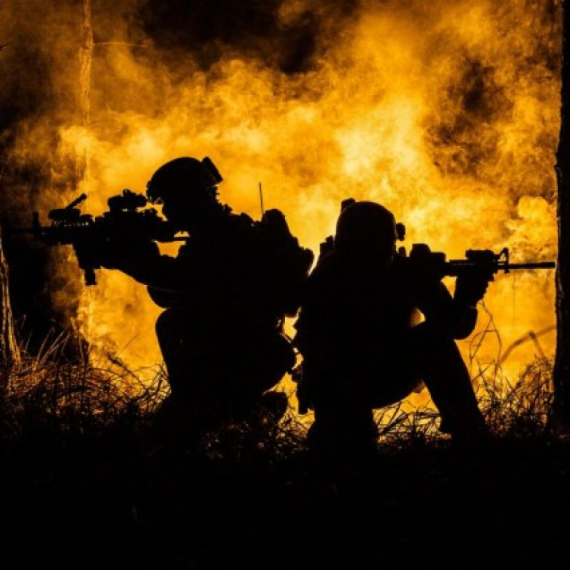
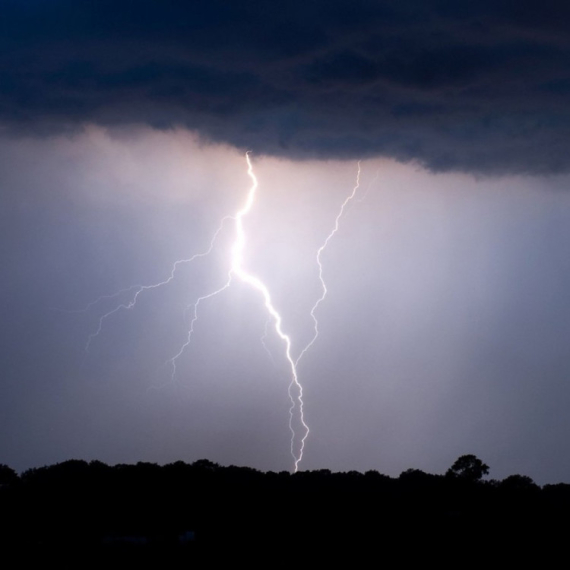
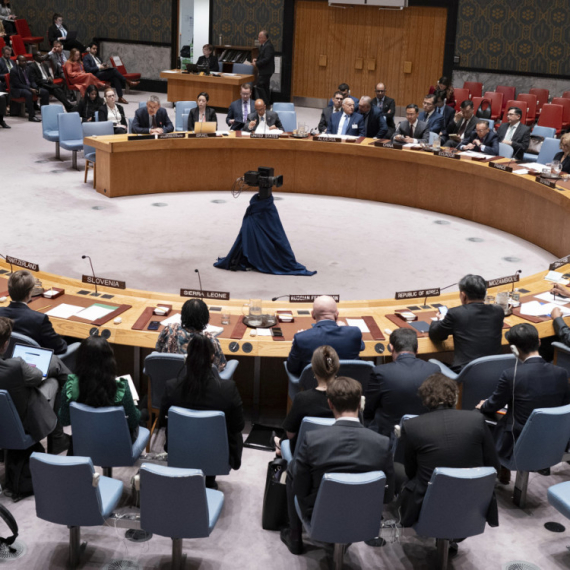

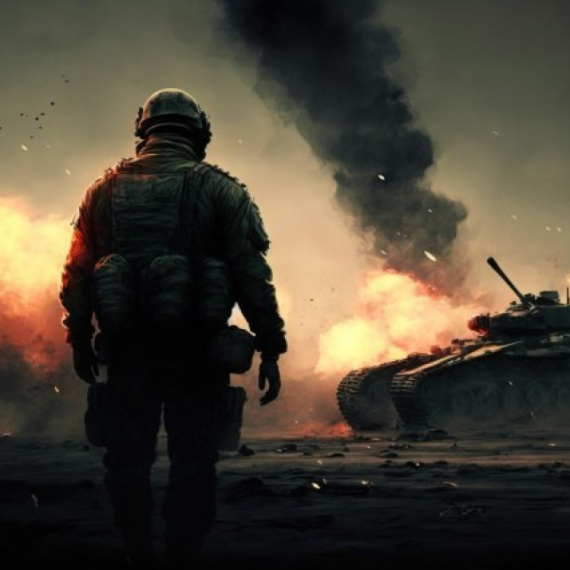





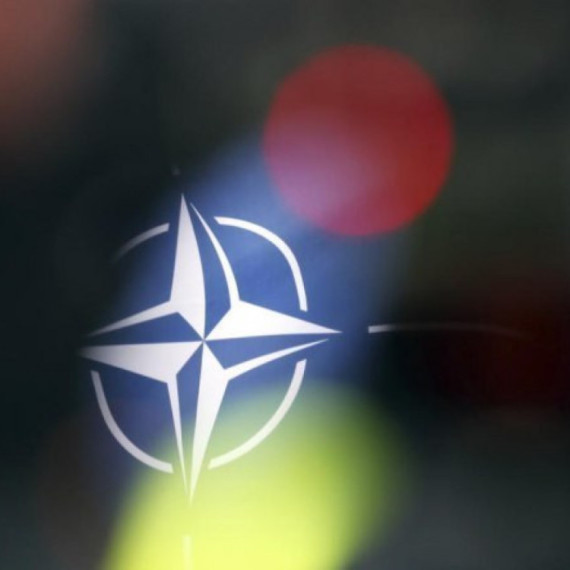

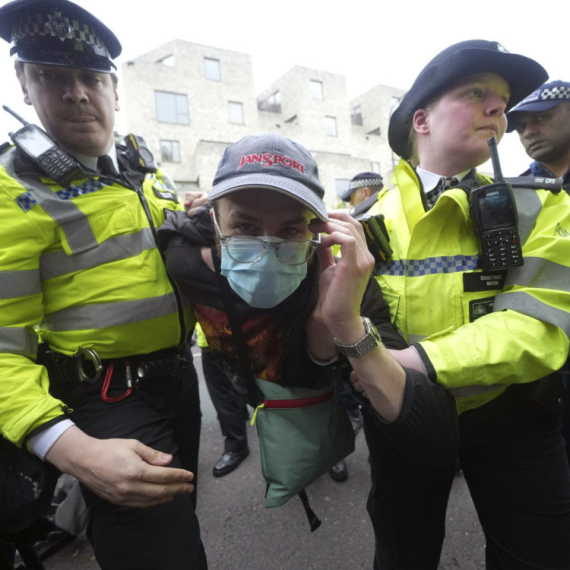
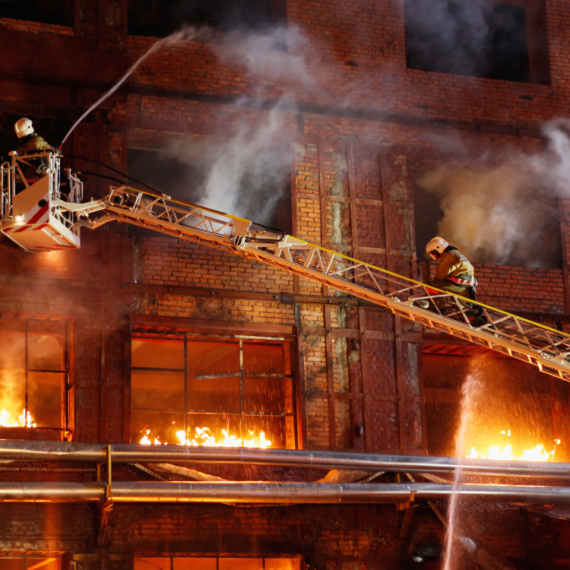
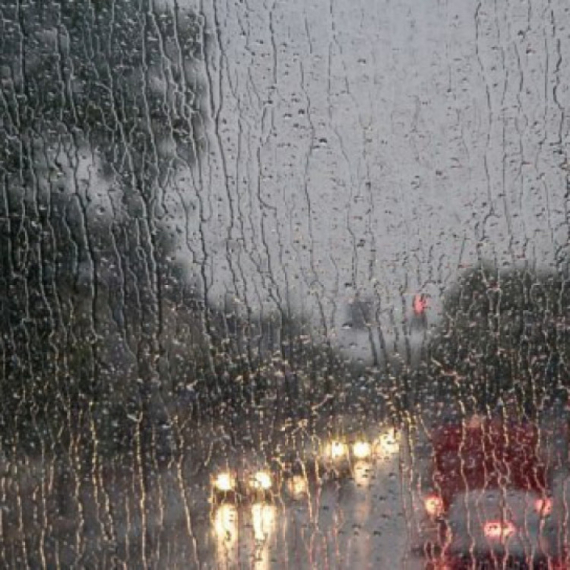



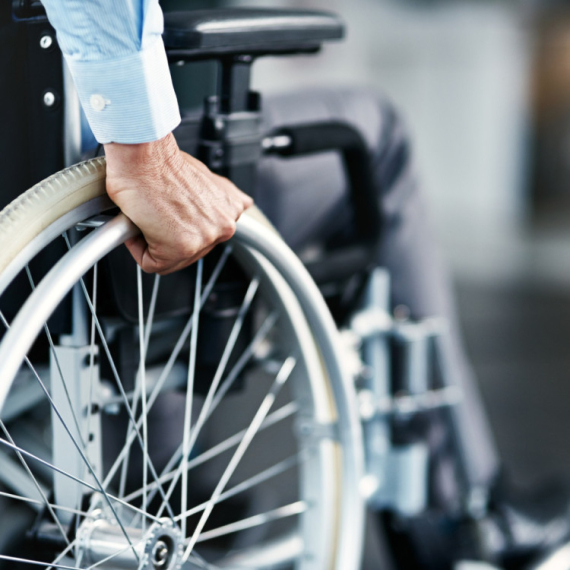



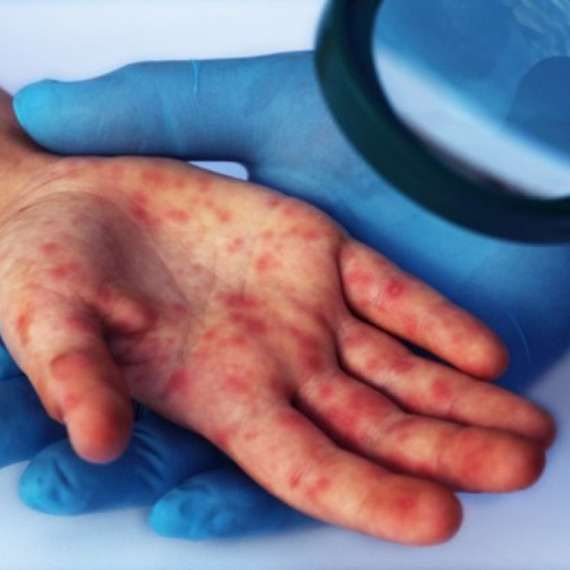


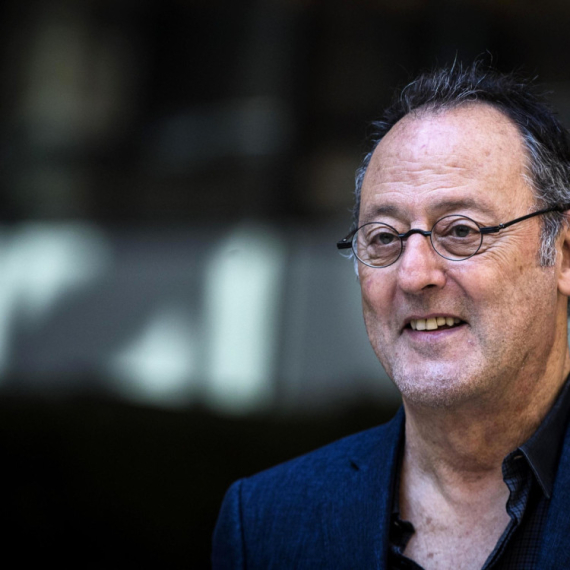



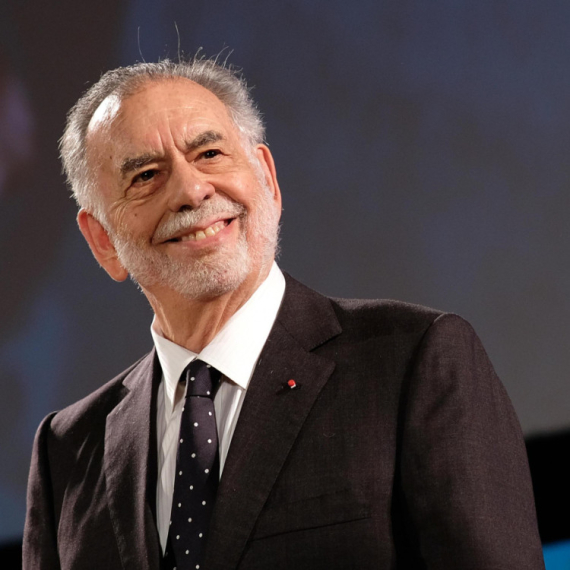
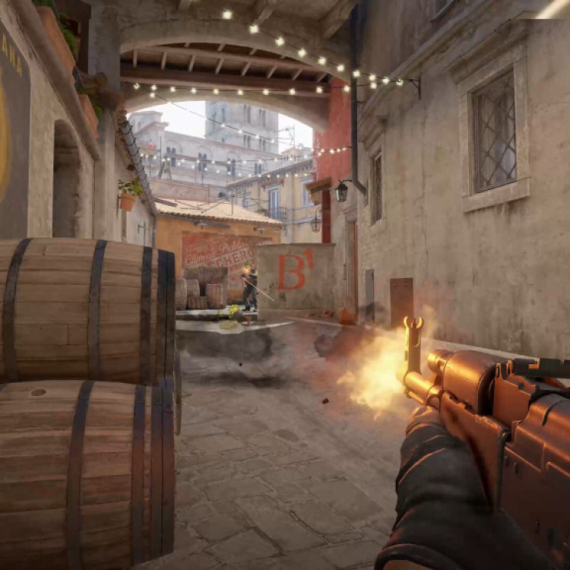
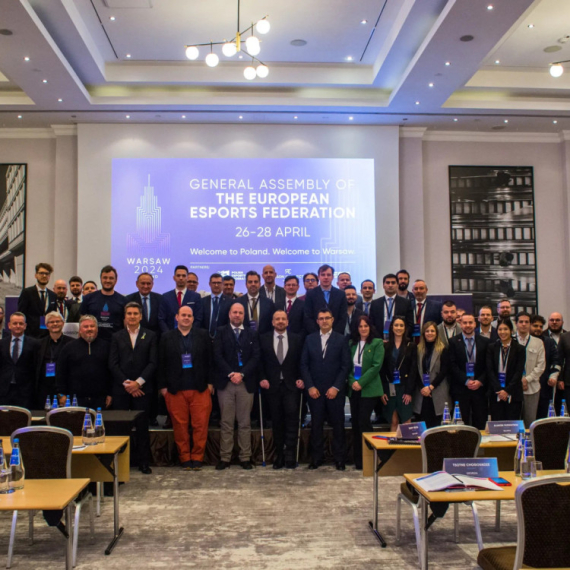
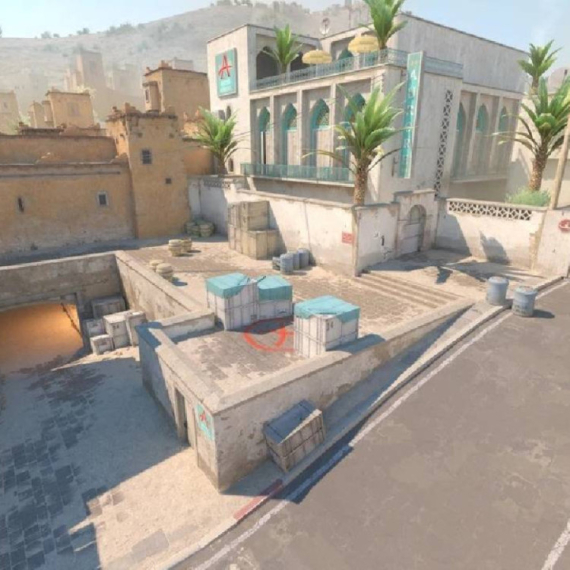


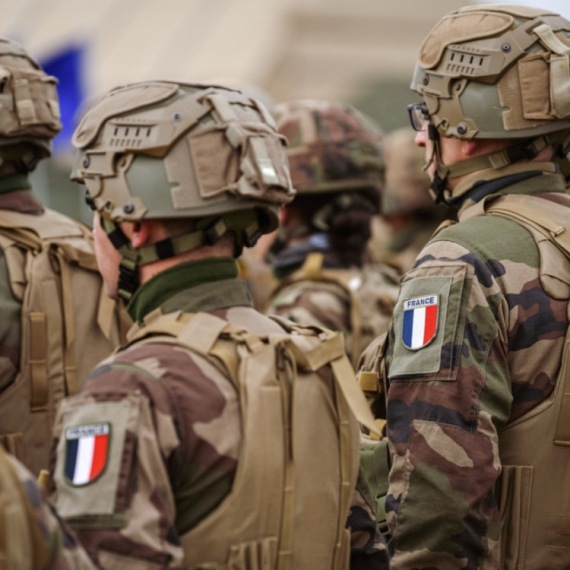
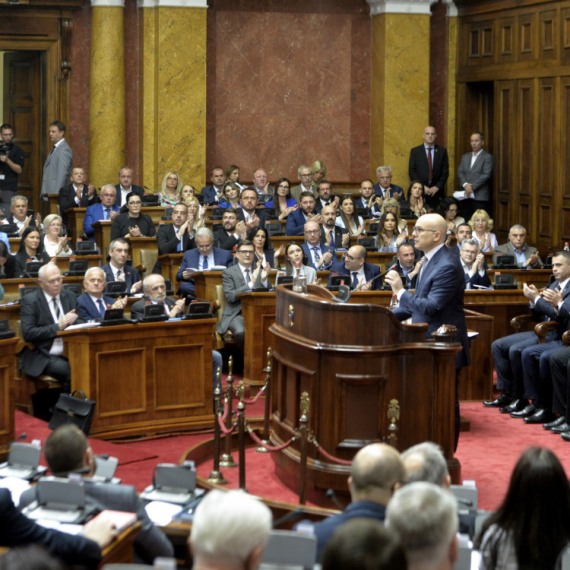
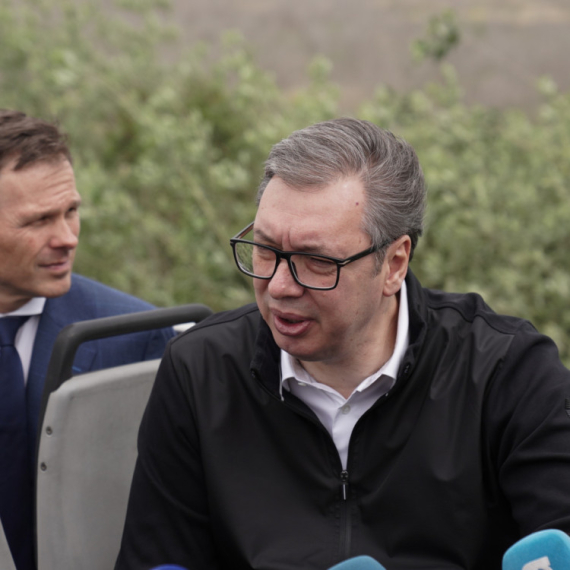

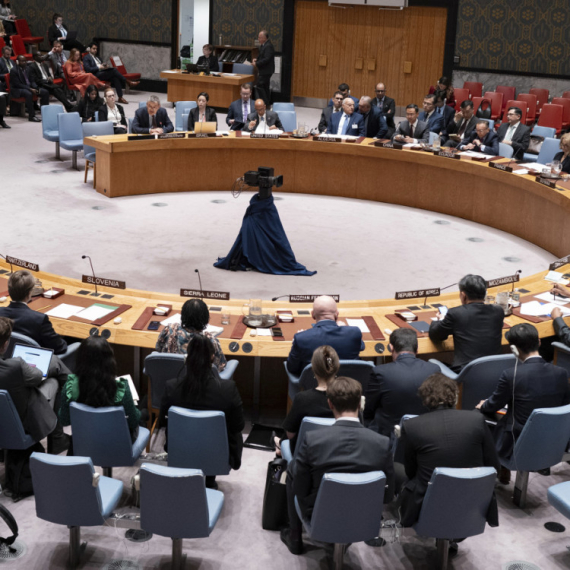




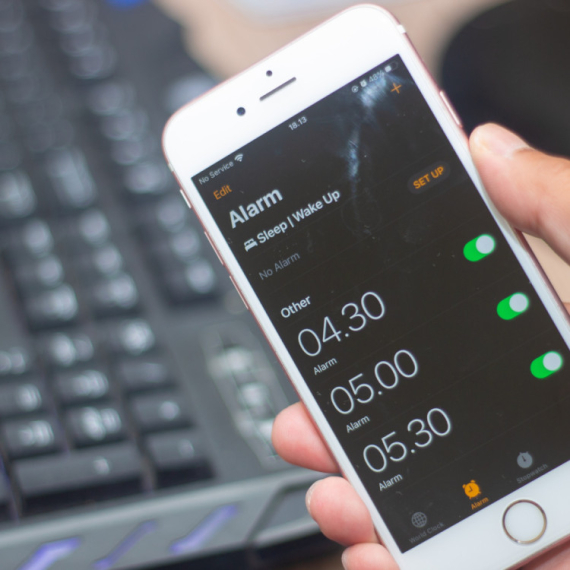


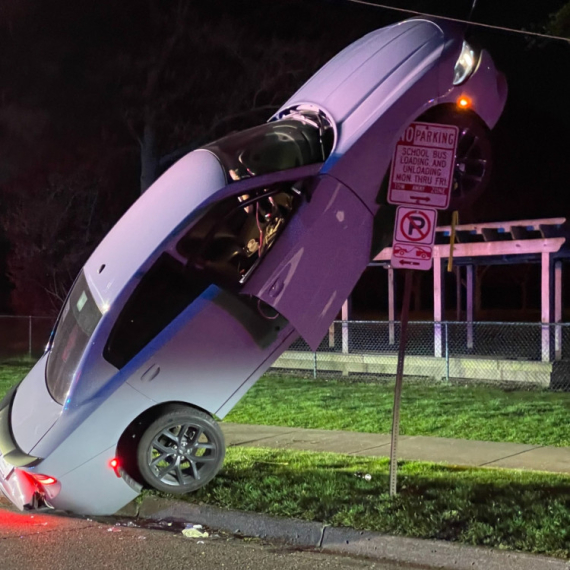

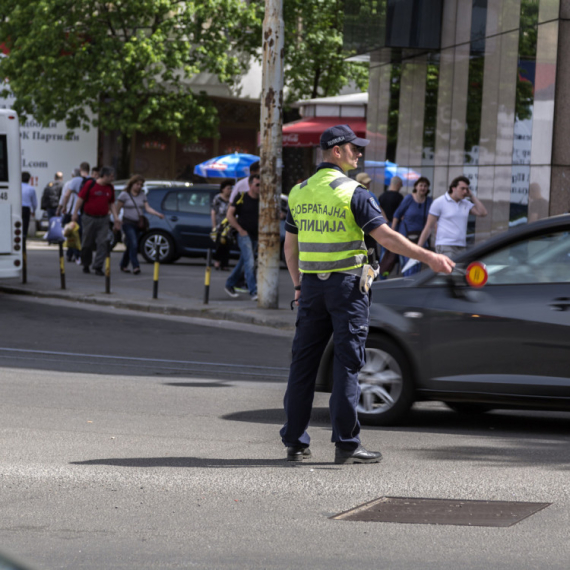
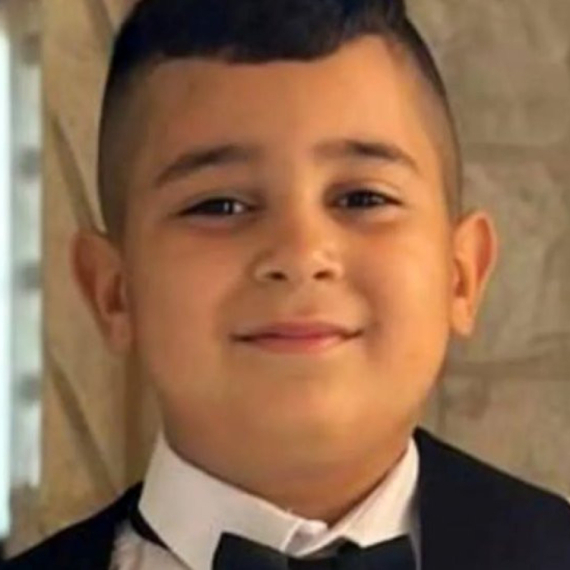

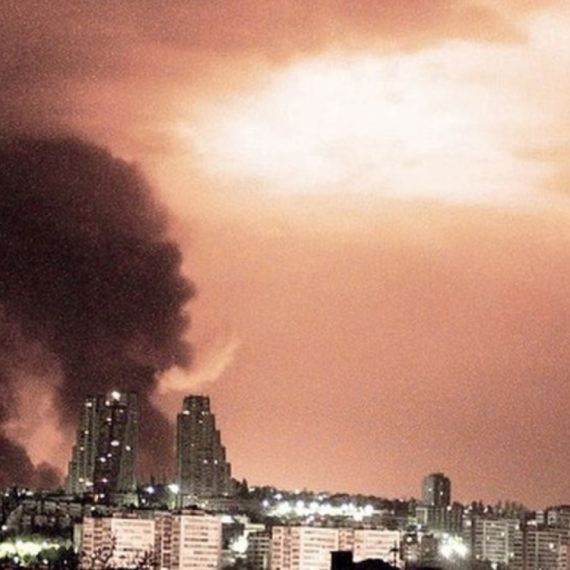
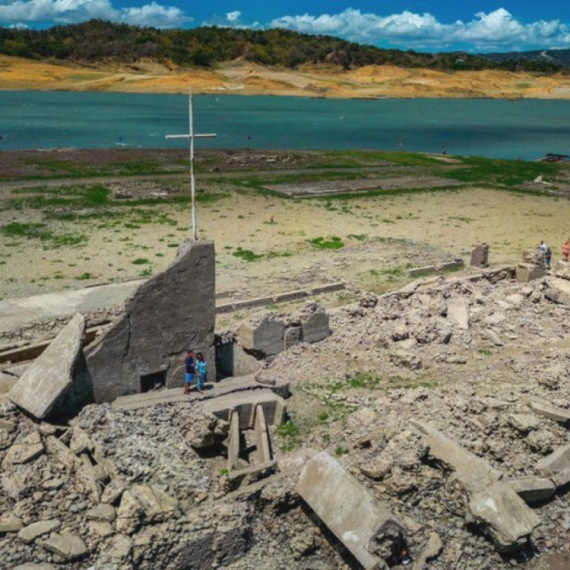
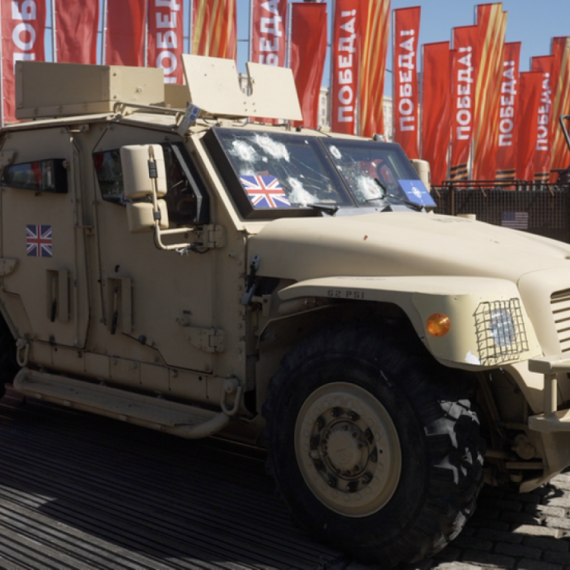

Komentari 8
Pogledaj komentare